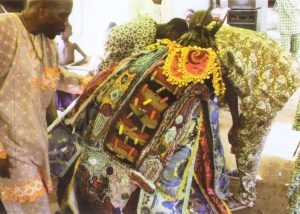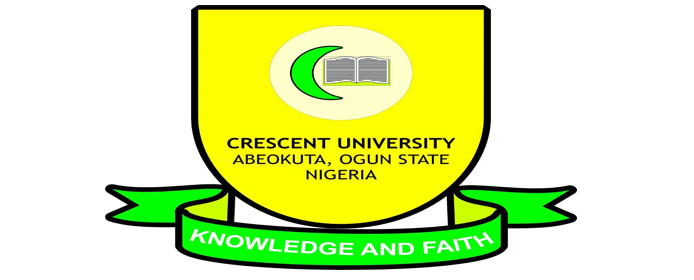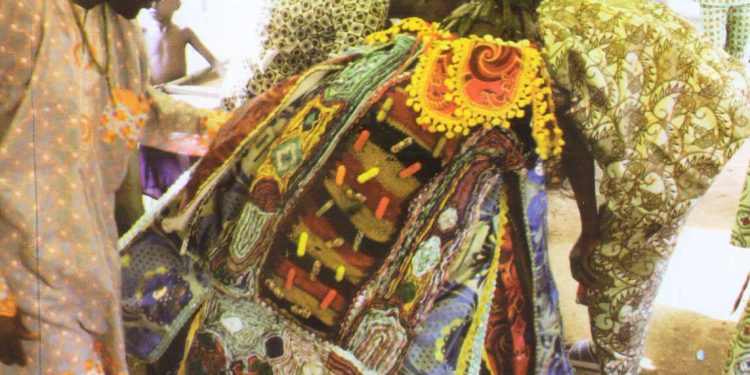The history of Egungun is traceable to the then Alaafin Sango in the old Oyo Empire.
Basically, Alaafin Sango did not want to lose contact with his dead maternal lineage in Tapa land when he became the Alaafin.
The thought of symbolic representation of the dead via a socially costumed dressing to protect the
identities of the people from his mother’s Tapa home came to him.

This Egungun was adopted by various Yoruba sub-ethnic groups as an avenue to communicate with the spirit of their dead ones.
The Aworis see the Egungun as their deity and as such worship Egungun.
Women are not allowed to put on the Egungun regalia although they constitute an important aspect of Egungun group preparing the celebration of Egungun festivals.
They sing, clap and chorus the traditional songs.
The women constitute a formidable team in the group and are referred to as Iya Agba Oje, the elders of the ‘Oje’ while the young ones are known as Ode-Oje (The youthfulOje).
Oloponda is the traditional head of all Egunguns in Ota.
909 total views, 1 views today




